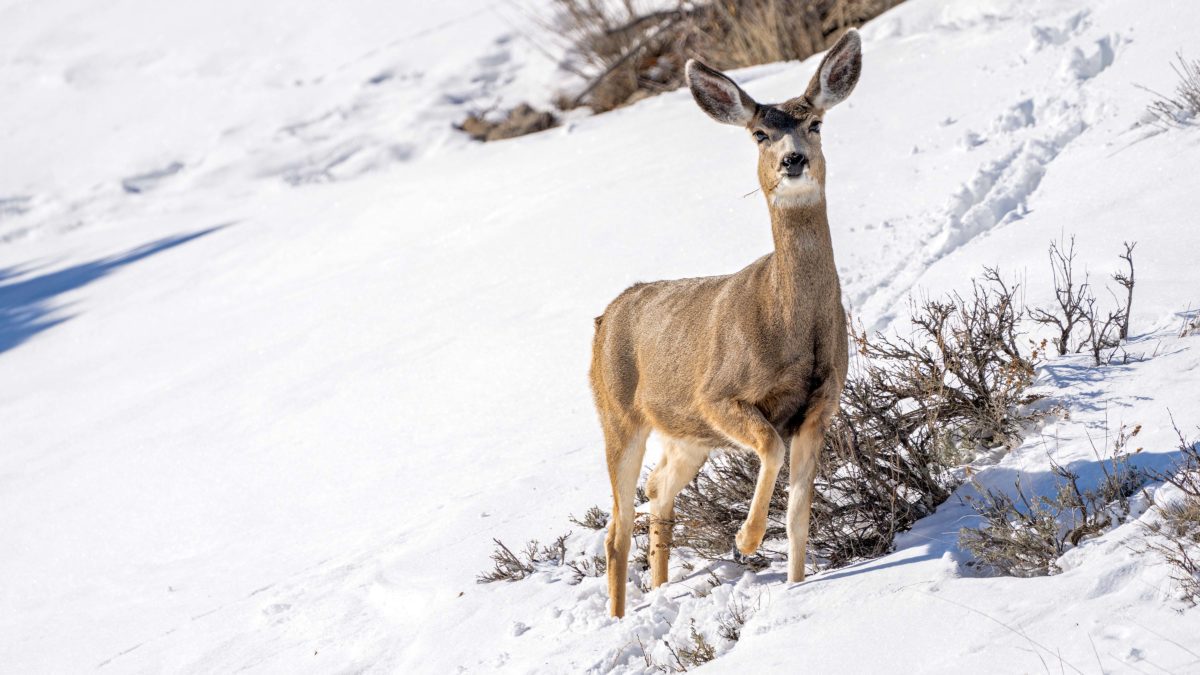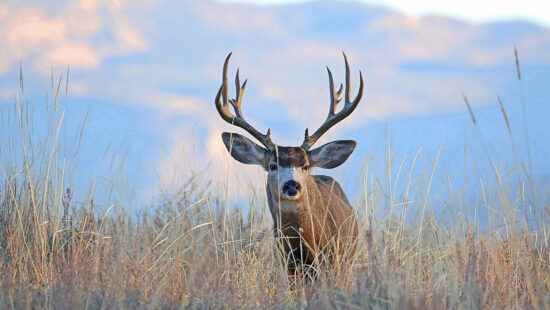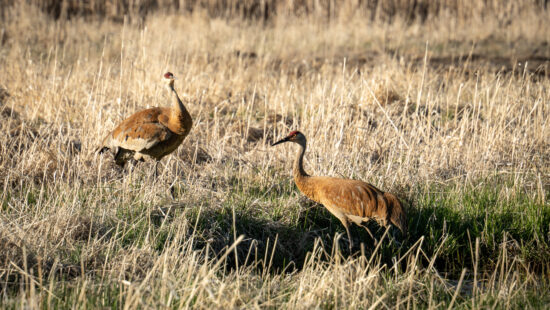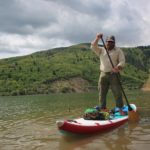Wildlife
Storytime with Swaner: Winter Adaptations in Wildlife

Mule deer doe in the snow with her thick winter coat. Photo: TownLift // Kevin Cody.
PARK CITY, Utah — The cold temperatures and snow-covered terrain present challenges for all aspects of nature. From plants that go dormant to Uinta ground squirrels heading underground, some wildlife wait out the winter while others migrate to warmer areas. For those that remain active, it’s an adapt-or-die reality as each species tries to survive the winter months each year.
Many species have developed unique behaviors and physical adaptations to survive the winter months. Monarch butterflies travel from all over to spend their winters in Mexico, and caribou travel over 2000 miles during their winter migration. Bears, bats, some frogs, and many other species hibernate or move into a state of torpor, a lethargic-like state in which an animal’s body temperature, metabolism, water balance, and some other physiological changes take place. The species that stay active adapt to their changing environment.
“We’ve got so much snow this winter. It looks like winter versus the last couple of years. I like to think of adaptations as physical or behavioral adaptations. Physical adaptations would be like the color changing. White-tailed jackrabbits, weasels, and ermines turn white in the winter. I think people are always surprised to hear that the color changes are not triggered by temperature or snowpack but by the length of day. The change in sunlight is a constant every year as the number of hours receiving sunlight dwindles with the onset of winter. With the low snow that we’ve seen in some previous years, there have been white rabbits and white ermines on the preserve but in grass or dirt, and they’re highly visible, so their camouflage doesn’t work at all, but when there is snow, they’re tough to see and very well camouflaged,” said Rhea Cone, Conservation Coordinator at Swaner Preserve and EcoCenter.
Sometimes nature is both cute and brutal. #lunchtime pic.twitter.com/4bPvqWP2g6
— UtahDWR (@UtahDWR) February 7, 2017
Drought and the lack of snow over recent years have had many effects on local wildlife, but it’s not always a question of lack of water or heat or even changes in food source availability. For species such as rabbits, with their adaptions for a typical snowy winter, they turn into easy prey amongst a sea of brown dirt and green grass. In some ways, it’s a local version of what polar bears face as the ever-decreasing amount of sea ice forces them back onto terrain where their white coats hinder their ability to hunt.
“They’re so visible to predators, so species like ermines could get eaten by a raptor, but they are also very visible to their prey. So finding food for them is harder. They do a lot of their hunting in the winter through tunnels in that subnivean zone and through the snow that they’ve got that long shape. And so they’re moving through tunnels to hunt and through the snow to catch mice, voles, and other small mammals. The lack of snow makes them easy to see for predators and prey,” said Cone.
Many species such as grow a thicker coat of fur during the winter. Depending on the region where a deer is found, their coats can range from .2 to 1.1 inches deep or five to six times deeper than a typical summer coat. In addition to the physical changes, many species, such as foxes and coyotes, have changed their hunting methods. These predators are listening for mice and voles moving through their underground. This is where the classic fox jumps up in the air and goes down head-first into the snow comes from.

















